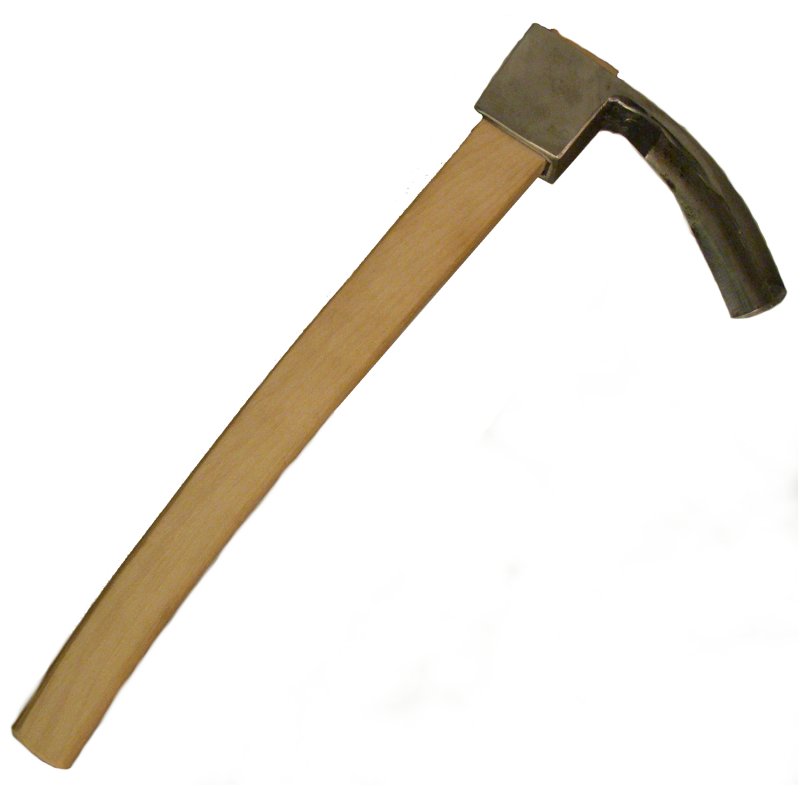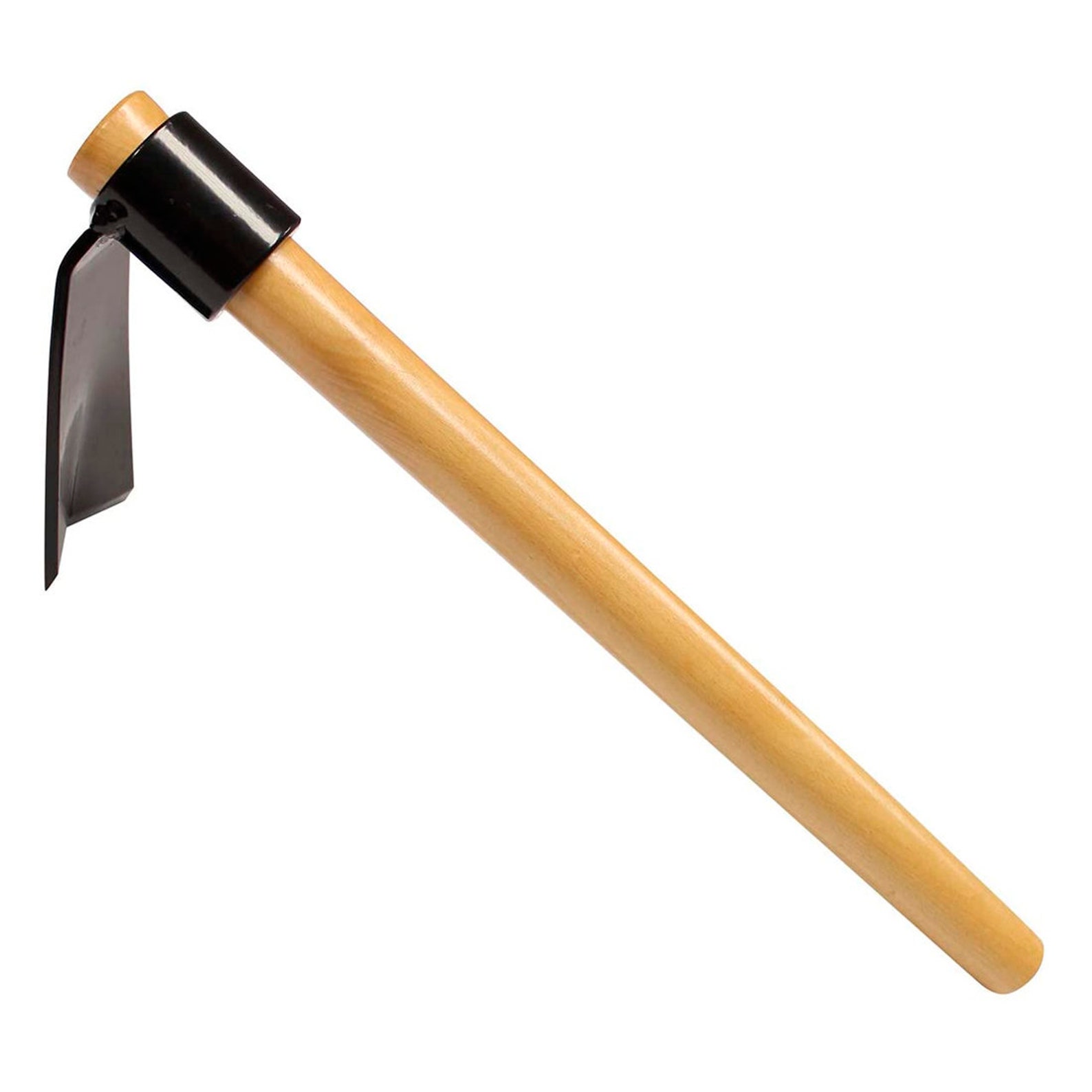
Some were also used on bone or antler, hide, and soft vegetal material. Dale Hudler’s thorough use-wear study ofĬlear Fork tools from southern and central Texas concluded that although many were woodworking tools, But smaller unifacial and bifacial adzes and gouges that haveīeen called Clear Fork tools occur in later Archaic contexts. Paleoindia era about 10,000 years ago, and probably considerably earlier.

These artifacts first appear by end of the Late Largeīifacial Clear Fork tools have been found at some Paleoindian sites. Within the region, the Clear Fork name is applied to the earliest and largest gouges/adzes. To a considerable range of tools of varying size, form, and age. The Clear Fork category is also the most problematic because the style name has been applied


In contrast, Clear Fork tools occur far to the north across the Edwards Plateau and into the Three are unique to the region and the distribution of the Guadalupe tool extends only just beyond the Include the following named types: Clear Fork, Guadalupe, Nueces, Dimmit, and Olmos. South Texas Plains except for projectile points and simple unmodified flake tools. As a group, they are probably the most common tool class found in the These differences have interesting functional implications that areĪnd there are lots of them. Hafted, that is they were affixed to wooden handles, but probably in several different ways, and others But they all have steeply beveled working ends and almost all of them areĬhunky (relatively thick) compared to projectile points and knives. Sometimes said to be “trifacial,” meaning that it almost has three flaked surfaces forming a And then there is the rather peculiar Guadalupe tool, which is Most were bifacially made, but some, especially earlyįorms were unifacial and made on large flakes in such a way that they have a flat (ventral) face and a That form an angle ranging from 45-85 degrees. Whether they have rounded or pointed proximal ends, andĬonvex, straight, or concave working edges, they all are characterized by distally beveled working edges Its forests of towering trees? We’ll come back to this very good question after describing these toolsĪdzes and gouges are relatively chunky stone tools that have a beveled (steep-angled) working end (bit)Īs a common element and most of them are wider at the working (distal) end than the opposite (proximal)Įnd, which is always rounded or blunt pointed. Why, you might wonder, were woodworking tools so common in a region that is not known for Most common and consistent kind of use wear evidence documented by several careful microscopic studies of But let’s stick with the main function-woodworking-because that is the

In the South Texas Plains, necessity was the mother ofĪdaptive tool use, we might say. Stone tool forms used in the region (see Recycling). This tool class is yet another example of the Swiss-army-knife-like versatility of many of the We prefer to call them “adzes” and “gouges,”Īs both are functional terms that echo how we believe these tools were used.įirst and foremost they were woodworking tools, although some of them were used on scraping and shaping bone, hides, and Prehistoric era, from before 10,000 years ago onward. Geographically widespread, but various forms of these artifacts were used throughout most of the Of making woodworking tools in the South Texas Plains and they are found almost everywhere in the region. Tools, or just plain tools, but these distinctive chipped-stone artifacts represent a long-lived tradition We archeologists cannot seem to agree on whether to call them adzes, gouges, distally beveled


 0 kommentar(er)
0 kommentar(er)
